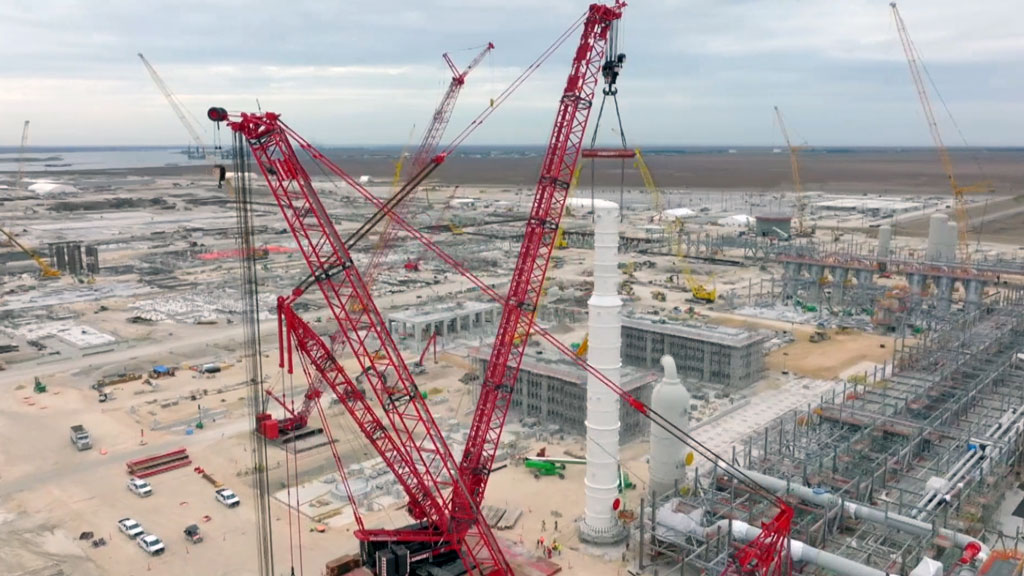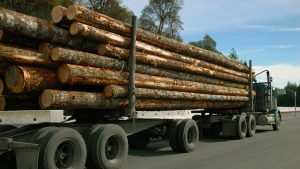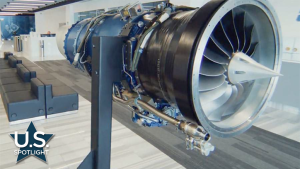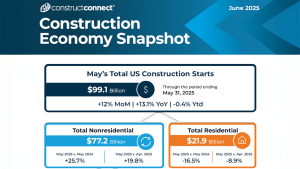It may not be much solace to U.S. constructors who are paying high prices for diesel, materials, labour and administration, but there is relief – though it may be largely statistical – coming from spiralling inflation rates.
As explained by ConstructConnect chief economist Alex Carrick, the inflation currently being experienced in the U.S. has roots in supply chain bottlenecks; worker shortages and wage spikes; and the impact of the war in Ukraine on energy markets.
Soon, however, for self-correcting reasons, inflation in the U.S. will surely fall below its current 8.5 per cent. Carrick said the annual cycle of higher prices will soon mean that the base months used in calculations reflect the new higher prices that entered the scene last year, so the continued spikes will seem less painful.
But owners and contractors won’t’ be fooled, he said.
“No matter what happens with inflation, it’s going to be a more expensive world, period,” said Carrick.
“Interest rates are causing people to reassess projects and to think about projects and so on, about whether they should go ahead at this time.”
On the macro-economic front, Carrick said in a recent newsletter the U.S. has a long list of ultra-large projects either being green-lighted or near approval. These include new EV production lines, battery plants, computer chip-making factories, new steel mills, LNG export facilities, rapid transit rollouts and electric power generation and transmission works.
Texas is especially hot in this regard, Carrick noted.
“The initiation of many of these may prove surprisingly resilient regardless of the economic forces working against more cyclically inclined elements of construction,” he wrote.
Another concern, Carrick said, is simply the cost to run a construction company, apart from bidding on projects and executing them.
Start with firms with ESG commitments – they are having to replace whole fleets with electric vehicles.
“Regardless of whether it’s the right thing to do or not, they are expensive,” he said.
Cement, steel and aluminum companies that supply the construction sector can no longer produce their products the old-fashioned way, with extensive GHG emissions, Carrick pointed out.
“And then there’s the one that everybody just takes for granted, which is that you’ve got to keep investing in high tech advances, high tech equipment like new systems to manage your inventory, and maybe blockchain. That’s expensive.”
Follow the author on Twitter @DonWall_DCN.











Recent Comments